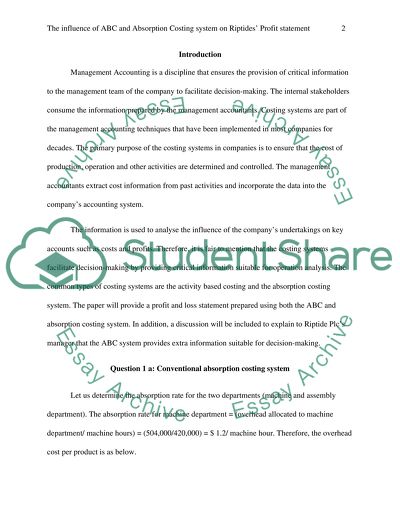Cite this document
(“Management Accounting Assignment Example | Topics and Well Written Essays - 1750 words”, n.d.)
Retrieved from https://studentshare.org/finance-accounting/1687594-management-accounting
Retrieved from https://studentshare.org/finance-accounting/1687594-management-accounting
(Management Accounting Assignment Example | Topics and Well Written Essays - 1750 Words)
https://studentshare.org/finance-accounting/1687594-management-accounting.
https://studentshare.org/finance-accounting/1687594-management-accounting.
“Management Accounting Assignment Example | Topics and Well Written Essays - 1750 Words”, n.d. https://studentshare.org/finance-accounting/1687594-management-accounting.


